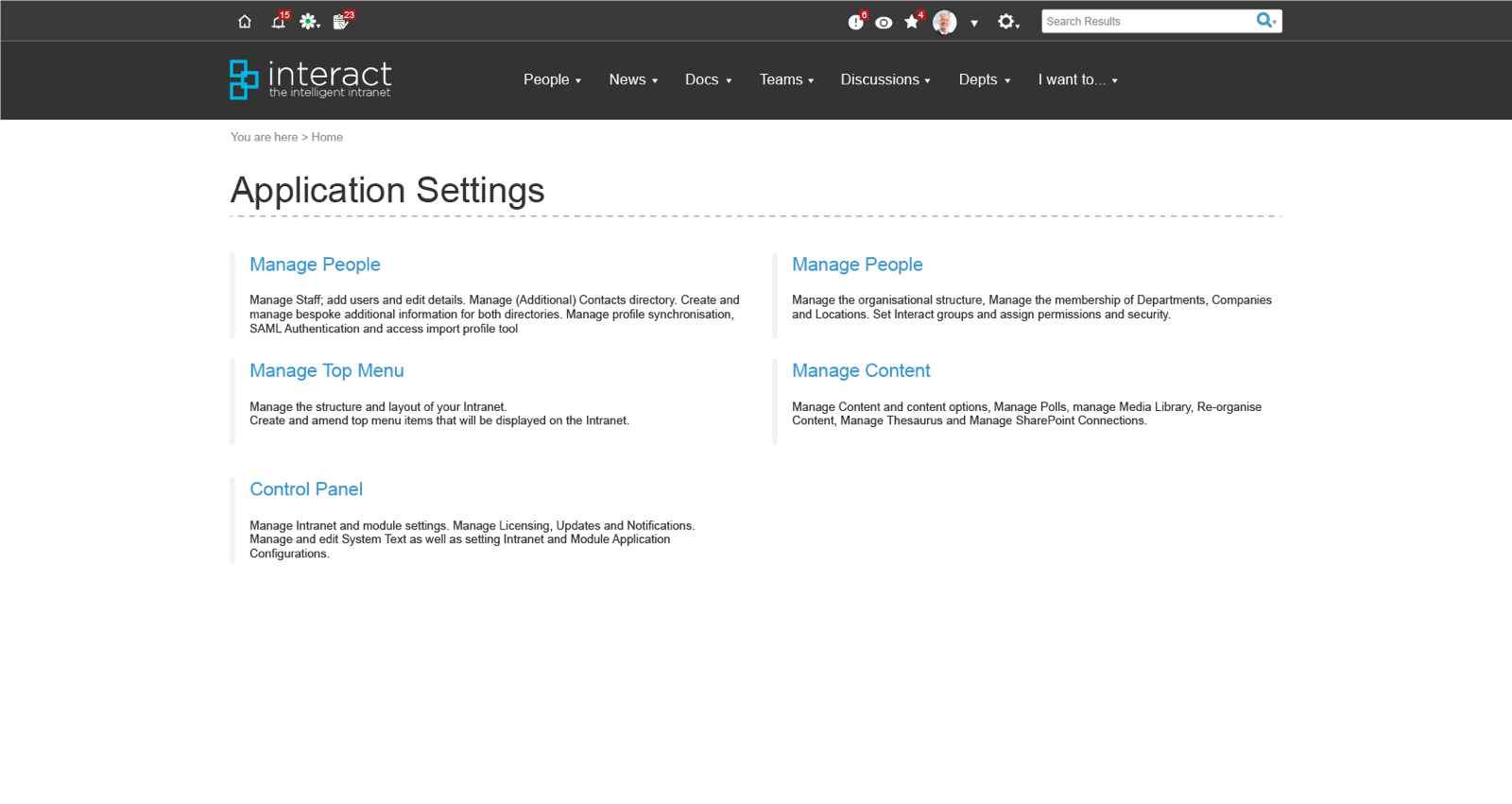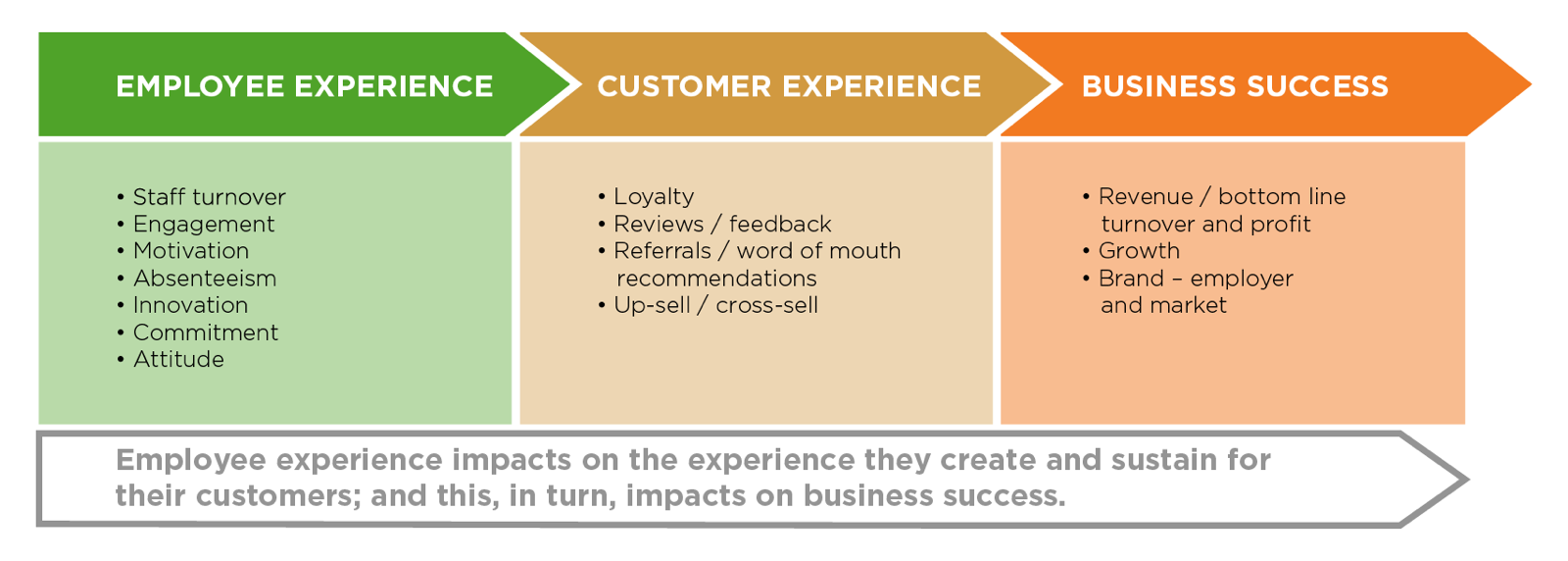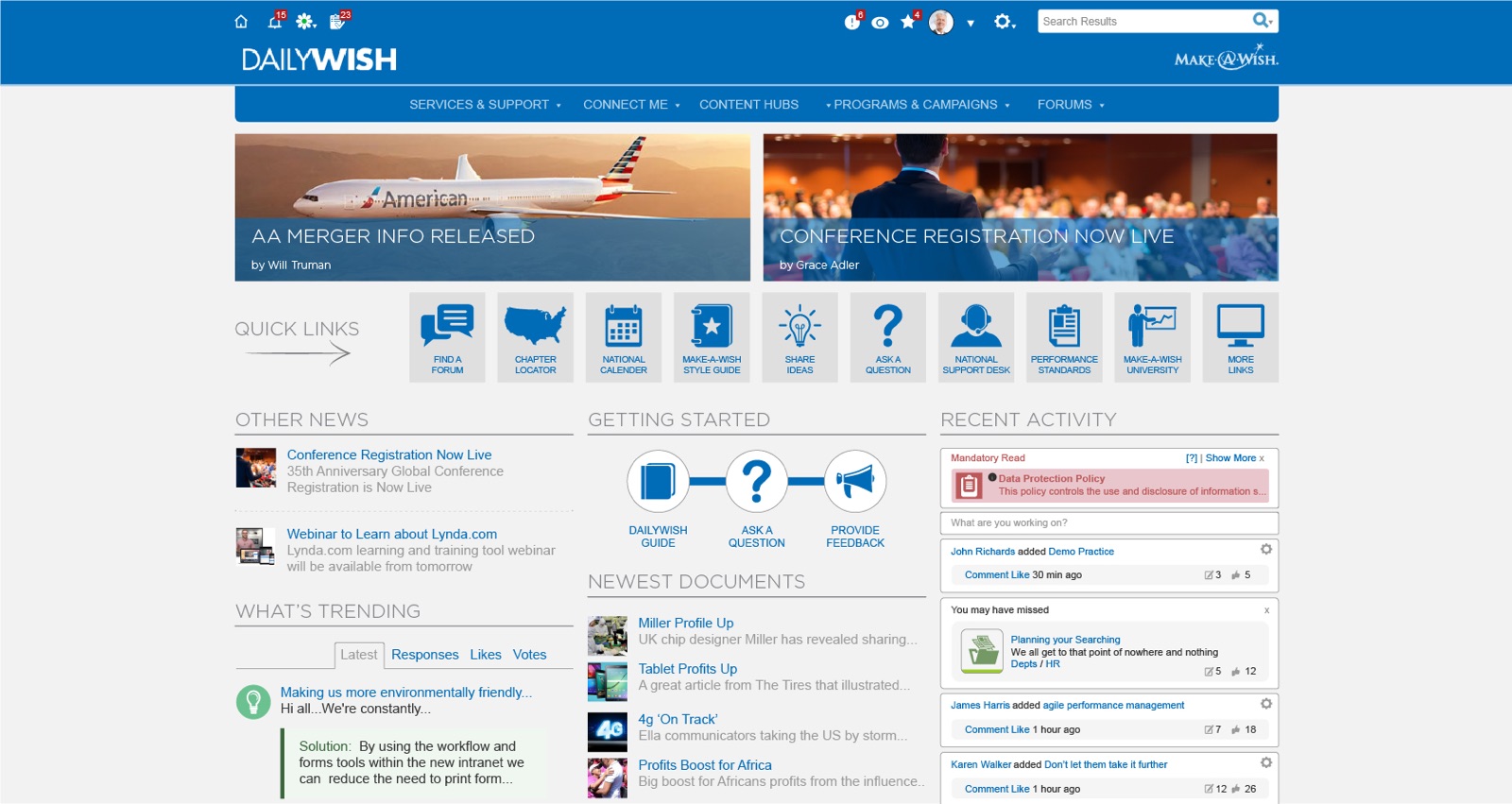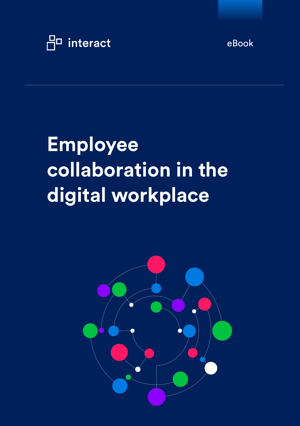The hidden cost of collaboration: Someone saying something bad is not your biggest worry
Stop worrying about what people might say…worry about what they aren’t.
So, you’re sat in front of your execs, ready to pitch. Your weeks of planning to bring your organization into the 21st century and ignite internal collaboration is looking polished.
You’ve researched the options, you’ve identified your ideal vendor and platform, you’ve weighed up all the pros and cons. You make your case and it’s flawless; you’re feeling confident.
And then you hear that inevitable question. The one every internal comms enthusiast dreads.
“But what if someone says something bad?”
Are you finding yourself slowly nodding at this point, fighting back the tears as you recount the terrible experience?
The fear of employees taking free license on your internal communication or collaboration streams is common. It’s stood in the way of many a project, ESN or intranet go-live. When scare stories circulate, it’s no wonder those in the C-suite shy away. Luckily, however, it doesn’t have to be like this.
Through years of board level consultancy, I’ve perfected a response for the cynics that can help get your collaboration project out of the boardroom and off the ground. It’s one I personally used three times in pitches last week and each time the response was acknowledged, considered and we progressed to the opportunities collaboration brings.
What if someone says something bad?
..So what?
Seriously! If somebody says something bad, remember: it’s their name and picture against the statement. What’s more important is how you respond: the process for prevention and resolution.
Your acceptable use policy can cover the prevention phase. Set out clearly what is acceptable and a great way to work; more importantly, highlight what employees shouldn’t do. Host your policy centrally and ensure all new starters are pointed to it and acknowledge it.
Prevention failed?
OK, so one of your employees has put up a status update, a blog, a comment they shouldn’t. Perhaps they’ve overstepped by criticizing another individual in their team, department or the wider business. Perhaps they’ve got a chip on their shoulder about the way a certain project or initiative is going and they’re letting their thoughts be known.
Naturally, you don’t want the negativity of one person to damage morale, jeopardize a project or reflect badly on your company image. The key is to act quickly: think damage control. For this, you need a defined, simple process for resolving the issue.
Managing an internal communication ‘mishap’
Your comms management process depends on the collaboration platform in question and the culture of your business.
Setting effective user permissions and managing where people can post can help prevent bad messages from spreading beyond the immediate proximity of a Team or Department area, keeping conversations between immediate colleagues. For those ‘high risk’ public areas, deploying a moderation protocol where blog posts or content are signed off by an agreed moderator may be an option.

(Interact’s easy-to-use settings enable managers to quickly and effective assign user permissions, manage teams and organize content)
For a less ‘Big Brother’ approach, consider a simple cascade or response process. Ensure users know who to report ‘bad’ content to, and that named individuals have the necessary permissions and knowledge to quickly remove any offending comments. Complaints should then be escalated to the individual’s manager or a senior representative, and the disciplinary process defined accordingly.
Setting out the process for responding to internal communication crises should form part of your internal communications plan and be a safety net for any collaboration project or platform.
When your execs are erring on the ‘glass half empty’ side, it’s best not to bury our heads in the sand and simply argue “it will never happen!”. Showing you’re prepared for the worst is essential.
The danger of not having an outlet
What do you think happens to a person’s opinion if you don’t make an internal, controlled environment available? Does their opinion go away?
No. You’ve simply put your hands over your ears.
Their frustrations spill out in conversations with colleagues, impacting on employee engagement, morale and staff retention. Negative employee experiences bleed into an attitude with customers, costing your business customer loyalty and potential revenue.

Finally, and most dangerously, those public vents can quickly escalate into a PR nightmare as the frustrations are discussed publicly on the various business and social channels available for anyone with a grievance and a keyboard.
You may think you’re managing risk by limiting social communication internally, but that’s rarely the case. In reality, suppressing opinion can potentially lead to something like the renowned HMV Twitter firing incident, which saw employees hack the company’s official Twitter account to recount their disgust at the company’s actions after the music giant went into administration.
It’s a potentially catastrophic blow to company brand and reputation that will cause many an exec to quiver in their boots in fear. Communicating change should be a two-way process, using a managed environment for employees to give feedback: in this instance, an internal collaboration platform could save your company’s skin, rather than see employees throw the brand to the dogs.
Your business might be completely unique. Your execs might be thinking it’s ok for everyone else, but not my business – the risks are too high, the repercussions are too great.
However, every other business I’ve worked with was unique too. Even the most highly regulated of industries – finance, healthcare, public sector government agencies – have succeeded in rolling out social and collaborative tools for their organizations. What makes you so special?
So, how do we start to change attitudes?
What does it cost us if somebody isn’t able to say something?
This is the critical question. We’re already talked about the potential damage of employees going external to vent their frustrations. But what does it cost us when our workers can’t share improvements, new revenue opportunities or the opportunity to feel listened to and considered?
Ideation and innovation are topical for 2017. It’s a competitive environment out there, with new organizations popping up daily to saturate the global market with yet more and more options for consumers. As we write in our recent blog post:
“Simply continuing to do what we’ve always done is no longer enough to sustain growth and business success: to survive a challenging economy and competitive environment, we must go further than ever before.”
If our employees can’t put forward their ideas, we not only miss a valuable competitive advantage – we risk alienating and losing those employees altogether. Studies show that employees who feel listened to demonstrate higher levels of engagement, productivity and retention. The cost of stifling collaboration may be greater than many of us realize.
Whilst it will be impossible to put an exact price on not doing this, it’s food for thought.
How are other companies benefiting from being collaborative?
We’ve looked at some of our own customers who have successfully rolled out collaborative technology and overcome “the fear”. So why not arm yourself with some real-life examples?
- Make-A-Wish Foundation used their intranet to encouraged 720 users per month to share knowledge and ideas, ultimately making their charitable causes wishes an even better experience. Their resounding success saw them take home the winning title for the ‘Best Value to Employees’ intranet in Ragan’s 2016 Employee Communication Awards.’

- Sport England see over 90% of employees adding blogs and content monthly, sharing ideas for great measures and giving a greater insight into the work they do.
- Dex Media were going through a complex merger, which could have posed huge challenges for employee engagement and their brand. Using their intranet as a collaboration tool, they could share the process and work they were doing, instilling a sense of collective pride amongst its workforce. Anyone for pizza?

- Wheatley Group introduced a “right first time” campaign via its intranet. As part of the campaign, engineers could highlight any process flaws which stopped them being able to fix a problem on their first visit to a customer. This shows the power of collaborative tools in driving innovation: tapping into collective intelligence and sharing ideas amongst colleagues who may otherwise never speak can have tremendous results.
- Meanwhile leading European food manufacturer Genius Gluten Free re-purposed Workflow and Forms on their intranet to enable them to share new recipe ideas, understand sourcing costs, marketing needs, product placements and every other step, drastically reducing the time between concept and getting to market.
So…what if someone says something bad?
I’ve packed in some evidence to help you back up your argument, but the idea is pretty simple. Next time you see that wry smile and the subsequent “what if…” question, smile back even more wryly and declare:
- It’s the responsibility of the individual
- We’ll be prepared for the worst
- An internal platform is more easily managed and reduces risk, compared to external PR disasters
- The cost of not collaborating will damage our ability to grow and innovate
Or for a simple take-away answer:
“We don’t need to worry, their name will be against it and we’ll be able to remedy any rare misdemeanors. It will be a lower risk alternative to them taking it onto public social media. So tell me, what is it costing us not being able to collaborate?”
Next objection please?

